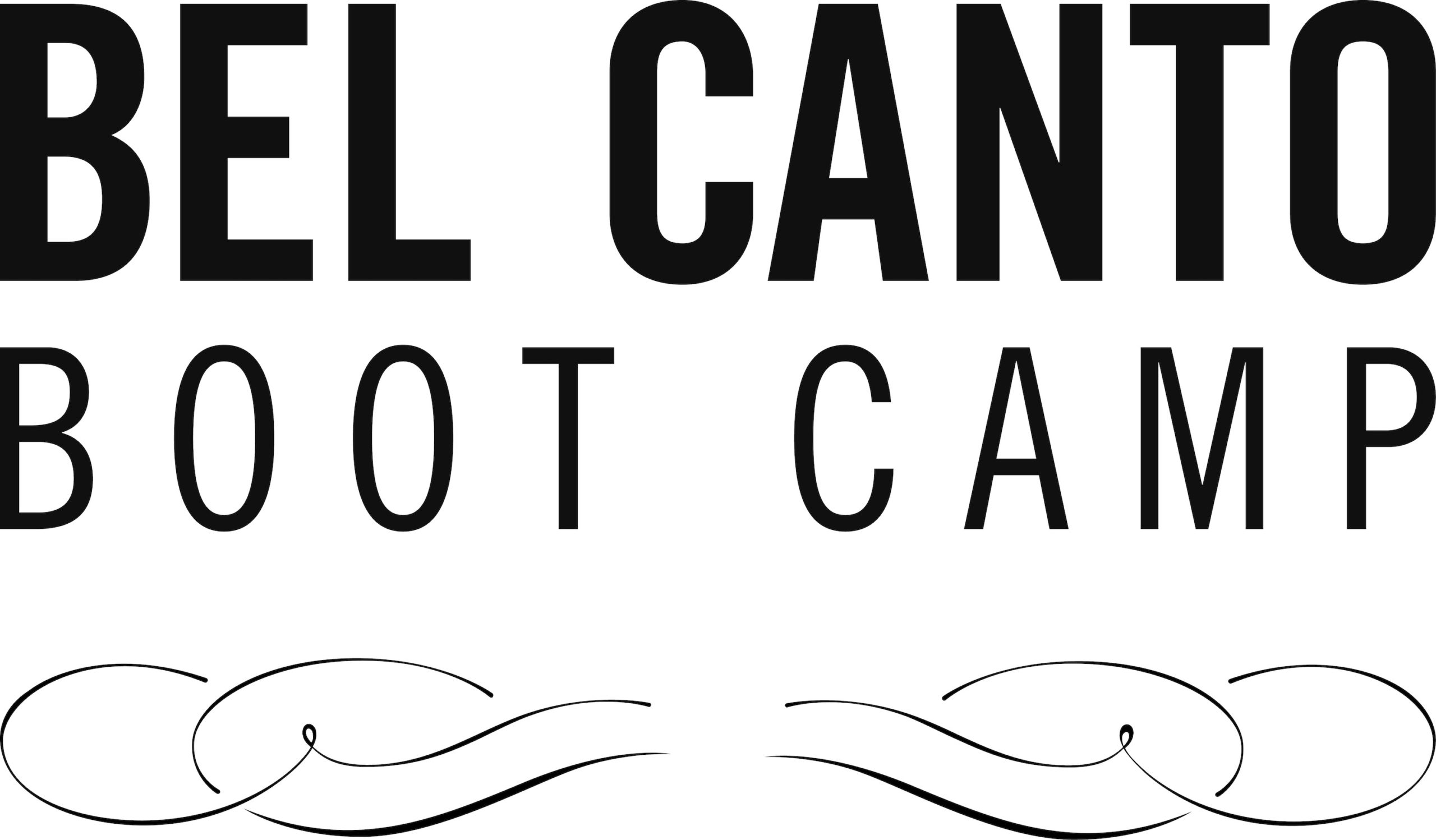Nicholas Baragwanath. The Italian Traditions & Puccini: Compositional Theory & Practice in Nineteenth-Century Opera. Indiana University Press, 2011.
For quite some time I have been curious about how our favorite composers (and the performers who first sang and played their music) were trained. This question was often brushed aside as if everyone had always learned music theory and other musical skills in the same manner that we do today. As it turns out, that is not the case. For a long time, any discussion of this topic focused only on how music was taught in the German speaking countries (and occasionally France, if you include Rameau). (The exception of Early Music study is duly noted, as much of that historical material is on the Italian style of the Middle Ages and Renaissance.) In some ways this is not surprising. Musicology and Music Theory as we know them are disciplines that first appeared in Germany. The focus of music theorists is therefore mainly on works either from the Austro-German tradition or those from outside those countries that nevertheless conform to that style.
So where does that leave Italian opera? Mostly ignored. That is a shame because that oversight has left too many unanswered questions and left singers, coaches and conductors with few tools to understand the music we perform. Most of the names and concepts that I will discuss over the next few weeks here are completely new to me, and most of the original works referenced by Dr. Baragwanath have never been translated into English. Fortunately, he does discuss them in detail. You will want to take some time with this book since many of the concepts will be new. I have already returned my library copy but have ordered my own since I know I will be referring to this volume again and again.
In the introduction Baragwanath recounts some of the many Italian teachers and treatises on music. Despite having taken a semester long graduate course called History of Music, I had only heard of a few of those and all but one of those I had ever heard of because of Rachelle Jonck’s mentioning them here at BCBC. So imagine my surprise at learning that there is a long and rich history of pedagogical guides to steer young Italian musicians, singers, and composers. I will not give the rest of the list from before the 19th century, although it will be of interest to those who sing a great deal of 17th and 18th century music (and can be found on pages 1-2). There were many schools and local styles, but by the beginning of the 19th century most had faded into obscurity (although there were certainly some local holdouts) except for the Neapolitan and Bolognese schools. These are distinguished more by their approach to teaching music than by differences in resulting musical style.
Young composers (and really all musicians as most musicians composed and most composers performed to some extent) were trained in an interactive method. Harmony and counterpoint were taught was “practice” rather than as theory. The dominant method of composition was based on the earlier partimento method (described in Baragwanath’s other book The Solfeggio Tradition). Francesco Durante (who you may know as the composer of “Danza, Danza” and “Vergin tutto amor”), a student of Alessandro Scarlatti, is usually crediting with having codified the partimento method that would dominate the 18th century and early 19th century throughout Europe. Music was conceived as counterpoint above a bass line rather than a progression of chords organized by root and their inversions as promoted by Rameau.
By the 1860s more modern (translation: German) ideas about music theory and musical training began to take hold in Italian conservatories. As new conservatories were being formed throughout Italy in the nineteenth century, they were initially modeled after the Neapolitan schools. In this model, training was divided into three successive stages: 1) rudiments, harmony, and figured bass; 2) counterpoint and fugue; and finally, 3) composition. Counterpoint was mainly taught through singing and thus the instructor was most often a voice teacher. Harmony was taught at the keyboard and thus the instructors were usually those who taught accompaniment. Written work in harmony and counterpoint (using Rameau and German models) was considered scientific rather than practical music-making. There were a great many written manual for teaching these subjects, but the one that stayed in use the longest was Carlo Gervasoni’s La Scuola della Musica, in tre parti divisa. (It is available online at imslp.org.) Baragwanath also lists many other books in use at that time. The connection between this instruction and the music of Italian opera in the 18th and 19th centuries (he uses examples from operas by Bellini and Puccini) make for interesting study and diverge quite a bit from the usual Germanic-based studies of music we are used to, at least in the English-speaking world.
All that leads us up to Puccini, who is the main topic of this book. More on that in my next post.
